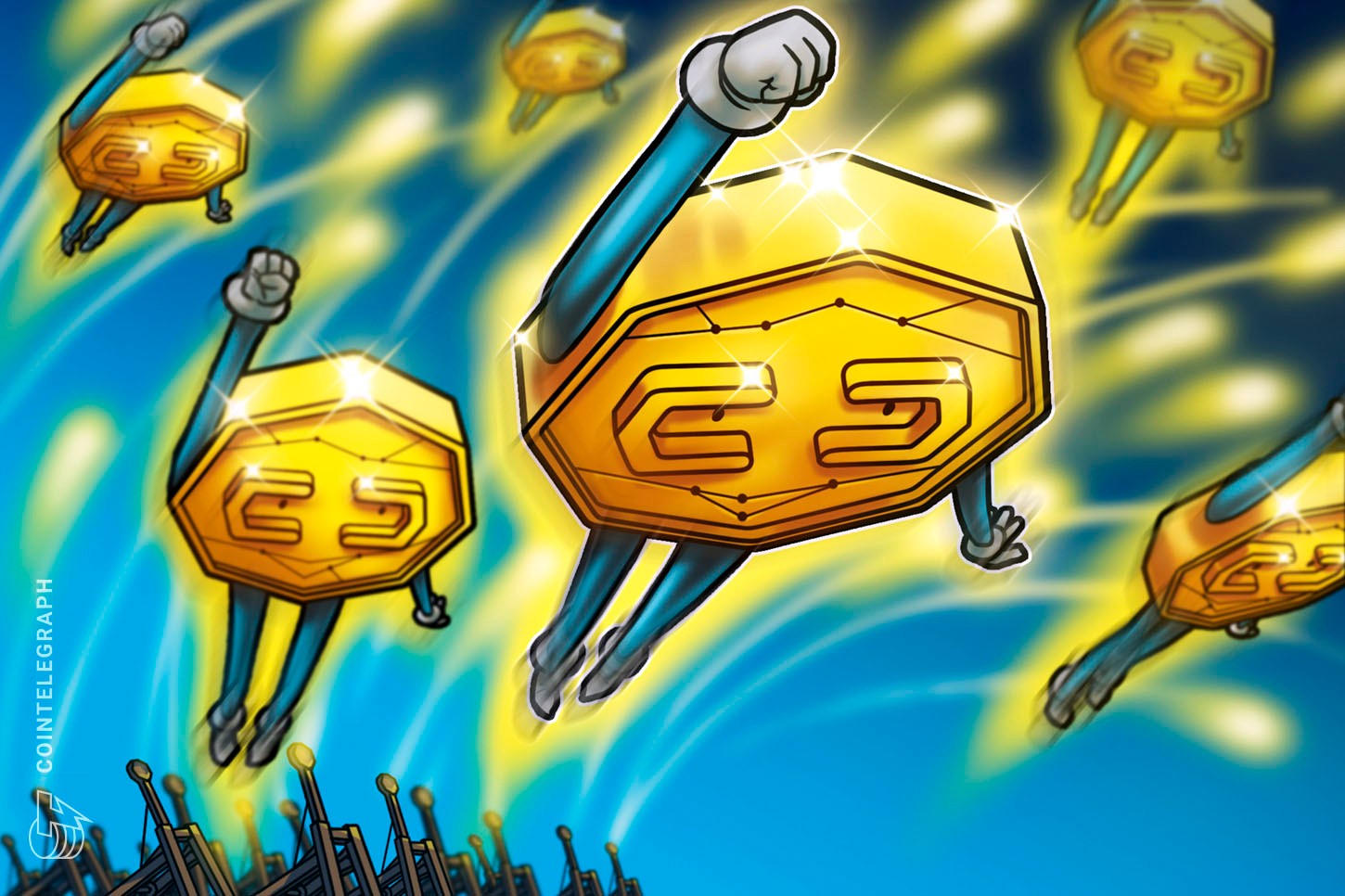Over the past few weeks, the price of Golem's GLM network token saw a strong rally that pushed the token to a three-year high at $0.65.
The altcoin also underwent a strong pump on Feb. 19, but most of the gains evaporated as Bitcoin (BTC) corrected below $45,000 during the past three days. Nevertheless, GLM still holds a 230% gain in February alone.
Golem is an Ethereum-based decentralized application that enables users to rent out computing power resources. Since November 2020, the project has been migrating from GNT to GLM tokens after deploying a new ERC-20 contract. Although most exchanges supported the move, it is still possible to find GNT activity and listings.
Golem provides an open-source cloud processing framework for both application registries and transactions. Thus, anyone can share and aggregate computing resources, as well as create applications using the network. Ultimately, the solution aims to compete with traditional centralized cloud services like Amazon Web Services.

Golem’s initial coin offering took place in November 2016, raising $8.6 million for 820 million GNT tokens. 180 million tokens were retained by the project’s "Golem Factory’" foundation, alongside early contributors and team members.
The network allows personal computers and large data centers to share resources, and contributors are paid in GMT tokens. According to Golem, a transaction system settles payments between providers, requesters and software developers. To protect the host device, all computations take place in a sandbox environment.
According to the Golem Project blog, its batched transaction approach protects users from Ethereum network congestion and excessive gas prices. Layer-two scalability is already being offered on the mainnet using Matter Labs' zk-Sync, which is a zero-knowledge technology for the payment API.
Partnerships and protocol testnets back Golem’s uptrend
The results of the Golem Gitcoin Hackaton 2020 included a smart contract called the GLM-stake-pool. The contract allows GLM tokenholders to obtain yield by staking Uniswap LP tokens.
On Feb. 17, Golem also revealed a new testnet release, called Alpha IV. The update allows users to set up long-running tasks instead of the regular per-use payments. The platform also enables users to receive funds without initializing an account.
On Feb. 23, Polygon, formerly known as the Matic Network, announced that it would be joining forces with Golem to produce an off-chain payment driver. This partnership aims to provide a long-term solution to avoid costly layer-one transactions.
On-chain data registers a sharp spike in active addresses and transfers
According to the Golem migration website, 44% of the total supply has been converted to GLM. On-chain data shows that activity spiked on Feb. 19, reaching 1,839 daily active addresses. Curiously, that was the same day that GLM traded at $0.65, the highest level in three years.

Although the network displays potential, there are only a few applications available, and they are not very active. The current applications are video transcoders, bulk image editors, a Sudoku game and a few data analysis and optimization tools.
While there appears to be potential in the project’s product, the team may need to secure an enterprise-level partnership in order for GLM to gain sustainable traction.
It is nearly impossible for the average cryptocurrency trader to evaluate how Golem's solution compares to Amazon Web Services and the other top-level cloud services providers that it aims to compete against. Thus, the GLM token upside seems limited until such confirmation happens through real-world use cases.
The views and opinions expressed here are solely those of the author and do not necessarily reflect the views of Cointelegraph. Every investment and trading move involves risk. You should conduct your own research when making a decision.


